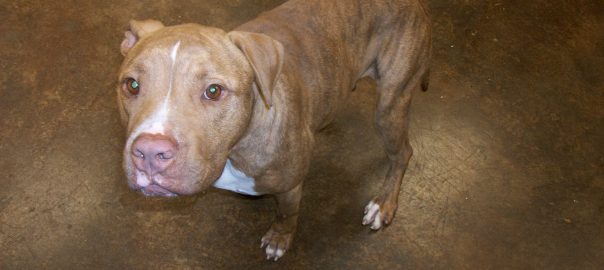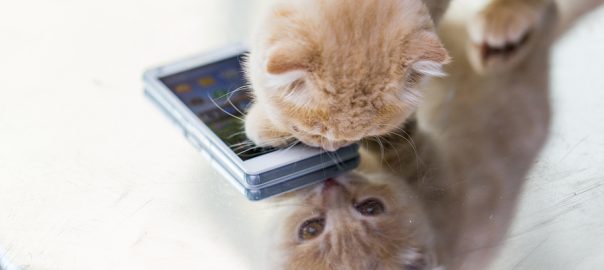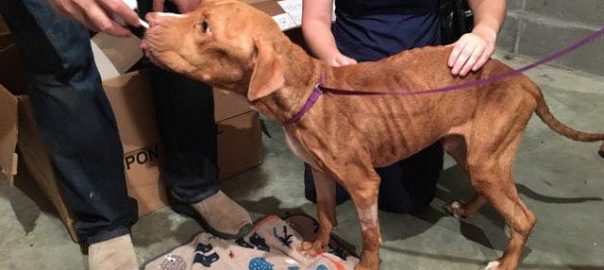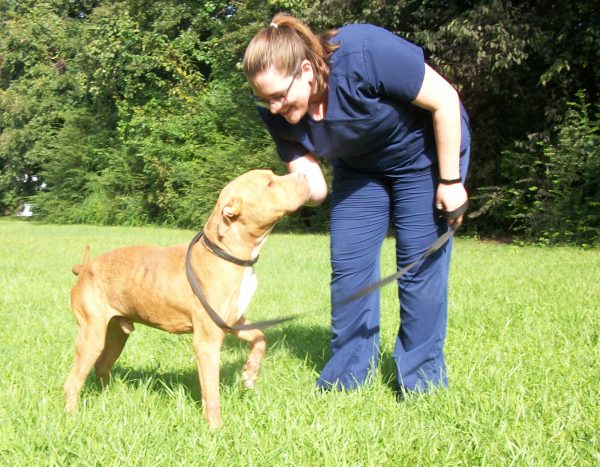Our Quora had the condition known as Addison’s disease, so when a reader wrote asking about her own dog’s diagnosis, I had plenty of information to share. Here it is.
Q: My dog has Addison’s disease. What can you tell me about it?
A: A lot! My own dog, the late, great Quora, developed Addison’s (aka hyperadrenocorticism) when she was 11 years old. She began slowing down, shivering even when it didn’t seem cold, and although she had a voracious appetite, she wasn’t that wild about her food. The symptoms finally clicked for me, and I had her hormone levels tested. Once we put her on medication, it was like she had been plugged into a charger and was back up to 100 percent.
Addison’s develops when the adrenal glands stop secreting enough cortisol and other steroids. We don’t know why it occurs.
The problem with Addison’s is that signs vary widely from dog to dog and are often similar to those of other diseases. That can make it really difficult to diagnose. Until it’s recognized and treated, the adrenal glands become less and less functional, eventually causing the dog to collapse suddenly — what’s known as an Addisonian crisis. Once they are diagnosed and begin treatment, though, they can do well.
Treatment involves daily oral hormone replacement for several weeks to get the dog back on track. Then, depending on how your dog responds, your veterinarian can adjust the dose. It’s a disease that must be managed for the rest of the dog’s life with glucocorticoid and mineralocorticoid supplementation, regular checkups and bloodwork to confirm that the dog is receiving an appropriate level of supplementation.
The important thing to know is that stress can cause flare-ups. Consult a Fear Free-certified veterinarian to help you develop techniques to reduce fear, anxiety and stress if your dog needs to be boarded, will be traveling with you or requires surgery or other veterinary care that might be stressful.
Read more in Pet Connection, the weekly nationally syndicated pet feature I co-write with Kim Campbell Thornton and my daughter, trainer Mikkel Becker.





